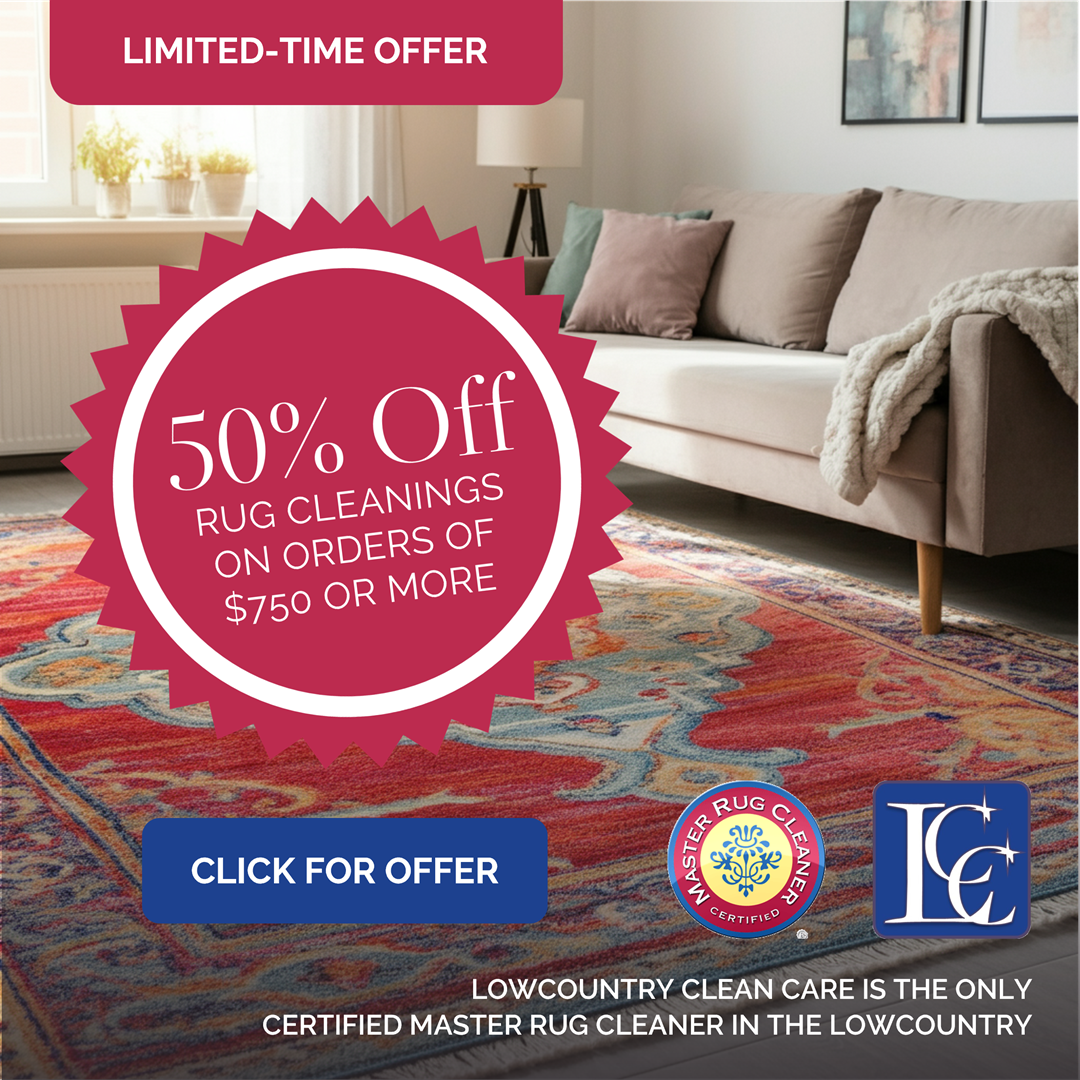One of the most frustrating problems homeowners face is permanent discolorations in rugs and carpets with no apparent cause. Today, the rug is fine. Tomorrow, spots appear, seemingly without cause. Several household products can cause “mystery spots” if not used with care. So, what are the chief culprits?
- Any product that removes mildew from shower walls or from the home’s exterior probably contains chlorine bleach. When chlorine contacts dyes in nylon carpet, rapid – and almost instant – discoloration usually occurs.
- Cleaners containing strong acids (toilet bowl cleaners) or alkalies (oven or hard-surfaced floor cleaners) may bleach fibers in time.
Be cautious of toilet bowl sanitizers (blue in color), which easily contact-dye rugs and carpet, as do several popular dandruff shampoos. Pesticides, including those in pet shampoos, may turn red dyes blue after prolonged exposure, and time-release plant foods contain similar chemicals that may cause “mystery” discolorations.
Powdered bleaches spilled on rugs and carpet may go unnoticed until activated gradually by humidity in the air, or suddenly by cleaning. Either way, the result is dye loss.
Watch the Chemicals
Household disinfectants contain chemicals (look for phenol on the label) that are dilute versions of those used to dissolve fibers and dyes. In time, your rugs and carpet may likewise be adversely affected.
One of the newest culprits causing “mystery spots” is a chemical (benzoyl peroxide) used in acne medicines. After application, teenagers attempt to wash this medicine off their hands, but to no avail, because it easily isn’t dissolved in water. If your teenagers regularly lounge on the floor, given sufficient time and humidity, a hand-shaped discoloration appears.
Don’t blame teenagers entirely, because fade creams used on age spots by the older generation can do the same thing.
The solution?
Other than avoiding contact between carpet and these chemicals, there is none. If color is lost, call us for advice.


